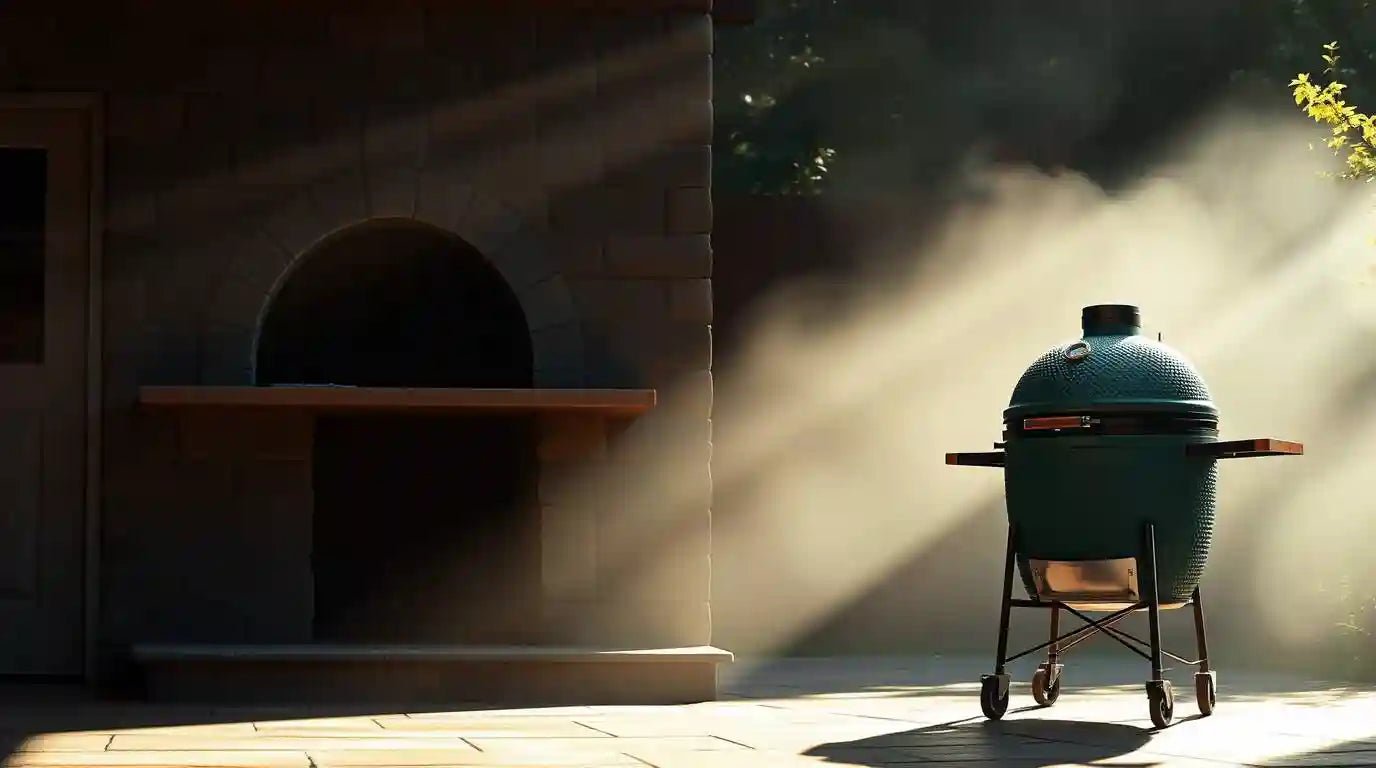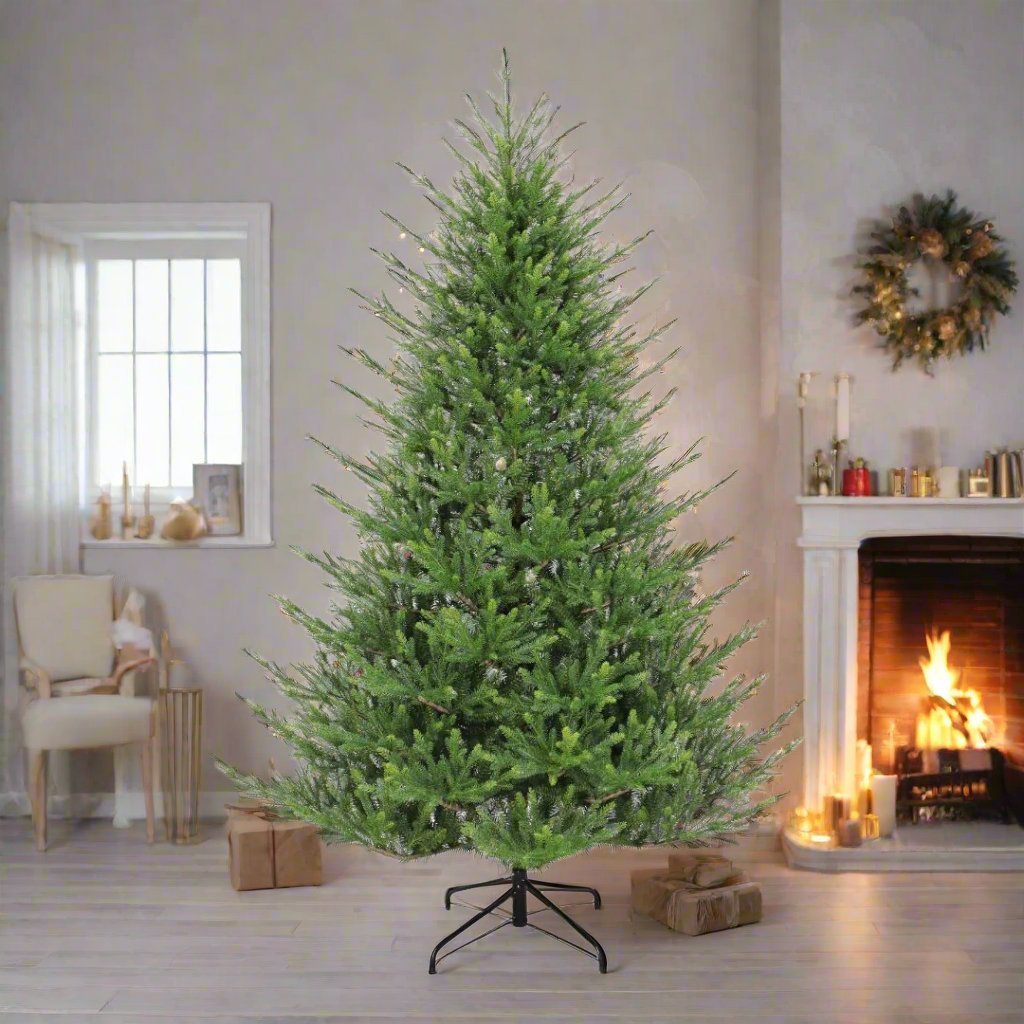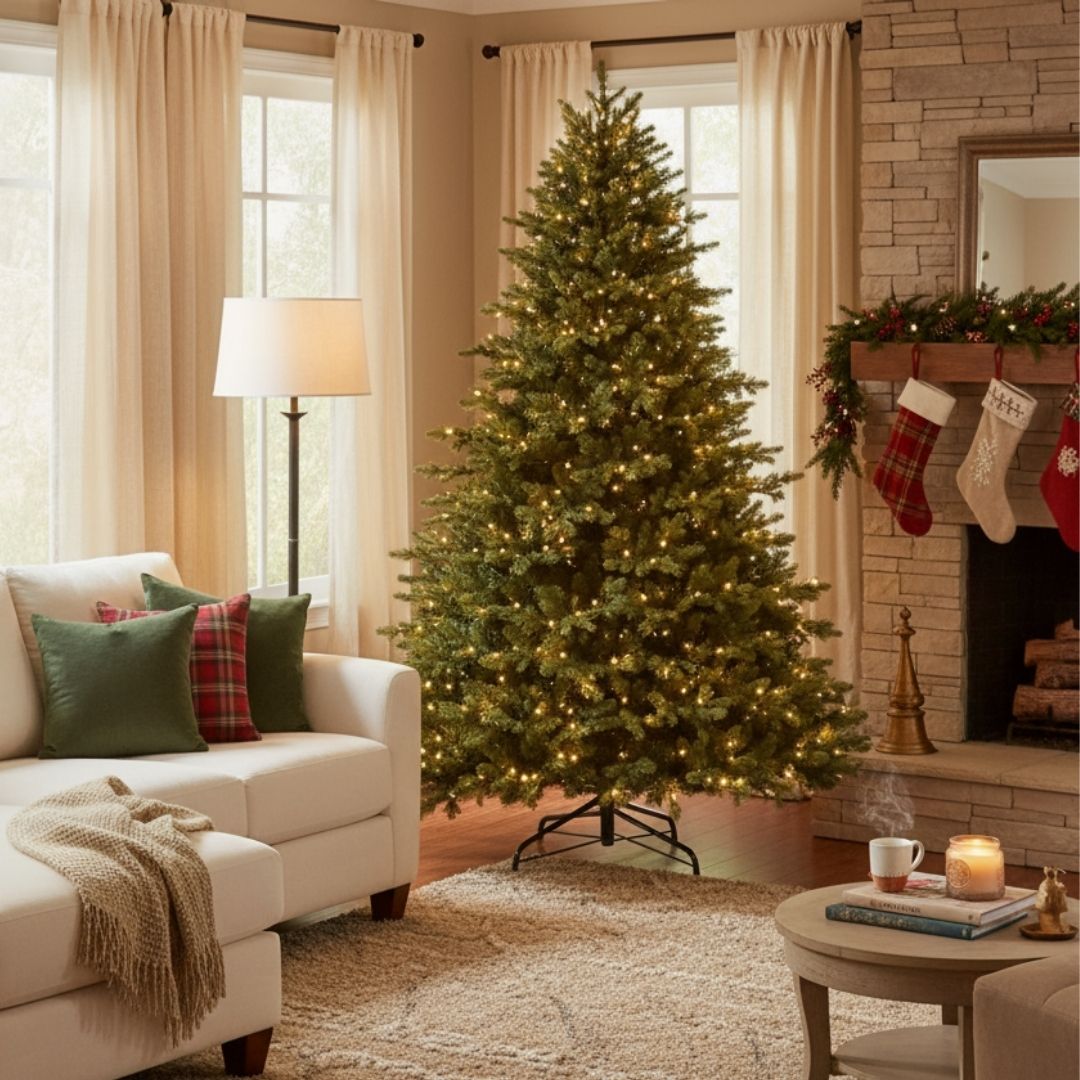Both options offer serious benefits, but the best choice depends on your cooking habits, budget, available space, and how you want your outdoor area to function. In this guide, we’ll break down the differences between built-in and freestanding BBQs to help you decide which one is best for your backyard setup.
What is a built-in BBQ?
A built-in BBQ, also known as a drop-in or built-in grill head, is installed directly into an outdoor kitchen structure—typically made of stone, brick, stainless steel, or another durable material. These grills are designed to be a permanent fixture, giving your space a polished, custom look.
Features of built-in BBQs:
-
Integrated into countertops or BBQ islands
-
Often connected to natural gas lines
-
Customizable with side burners, storage, sinks, or fridges
-
Typically larger in size and cooking surface
What is a freestanding BBQ?
A freestanding BBQ is a standalone grill mounted on a wheeled cart or legs. These BBQ grills are highly popular for their flexibility, ease of use, and wide range of price points. They can be moved around the patio, stored when not in use, or even taken with you if you relocate.
Features of freestanding BBQs:
-
Portable and movable
-
Often use propane, but some models support natural gas or charcoal
-
Available in compact to large sizes
-
Many come with shelves, side burners, or enclosed storage
Built-in BBQ: pros and cons
Pros:
-
High-end appearance: Adds a luxury, seamless look to your outdoor kitchen.
-
Custom integration: Perfectly fits into countertops, cabinets, and other appliances.
-
Durability: Often made with premium materials designed for permanent use.
-
Fuel efficiency: Natural gas connection means no more refilling propane tanks.
-
Better resale value: Can increase the appeal and value of your home.
Cons:
-
Higher upfront cost: Installation and grill units are typically more expensive.
-
Permanent installation: Not ideal for renters or those who may relocate.
-
Requires planning: Must be included in the design phase of your outdoor kitchen.
-
Limited flexibility: Once installed, it can’t be easily repositioned.
Freestanding BBQ: pros and cons
Pros:
-
Flexibility: Move it around to suit your space, sun, or weather conditions.
-
Easier setup: No need for custom installation or special gas lines.
-
More affordable: Generally less expensive than built-in units.
-
Great for smaller spaces: Ideal for patios, balconies, or temporary setups.
-
Portable: Take it with you if you move.
Cons:
-
Less integrated look: Doesn’t have the same built-in aesthetic appeal.
-
Potential wear and tear: More exposure to elements and movement over time.
-
Storage limitations: Smaller built-in storage or prep space compared to full outdoor kitchens.
-
Lower resale value: Adds less long-term value to your property.
Ideal use cases for built-in BBQs
Built-in BBQs are best suited for homeowners who are:
-
Creating a permanent outdoor kitchen
-
Planning a custom backyard renovation
-
Wanting to maximize property value
-
Cooking outdoors frequently and year-round
-
Investing in long-term quality and aesthetics
They’re especially popular in luxury homes, poolside kitchens, and outdoor dining areas that serve as an extension of the indoor living space.
Ideal use cases for freestanding BBQs
Freestanding BBQs are ideal for people who are:
-
Renting or planning to move in the future
-
Looking for affordable outdoor cooking options
-
Working with limited space (like patios or small gardens)
-
Hosting occasional cookouts or casual BBQ nights
-
Wanting a plug-and-play solution without construction
They’re great for beginners, budget-conscious buyers, or anyone who values versatility in their setup.
Key factors to consider before deciding
Before choosing between a built-in and freestanding BBQ, ask yourself the following:
1. What’s your budget?
Built-in grills usually start at a higher price point, especially when you factor in cabinetry, countertops, and installation. Freestanding models range from budget-friendly to high-end, giving you more flexibility in price.
2. How much space do you have?
If space is tight, a freestanding BBQ may be the better fit. Built-in models require a dedicated footprint and surrounding structure.
3. How often do you grill?
Frequent grillers may prefer a built-in option for its size, fuel supply, and efficiency. If you grill occasionally, a freestanding model might offer the right balance of performance and convenience.
4. Do you want a permanent outdoor kitchen?
If you're building a long-term cooking and entertaining space, a built-in BBQ is the foundation. If you want something temporary or mobile, go freestanding.
5. Are you connected to a gas line?
Built-in grills often require a natural gas connection, while freestanding models typically run on propane—though some offer natural gas kits.
Combining both: hybrid outdoor kitchens
Can’t decide between the two? Some homeowners choose to include both a built-in BBQ for everyday cooking and a portable freestanding grill or smoker for specialty meals or extra capacity during parties. This combo offers the best of both worlds and adds incredible flexibility to your setup.
Final thoughts: built-in or freestanding—what’s right for you?
Both built-in and freestanding BBQs have their place in outdoor kitchens. If you’re designing a luxurious, custom outdoor living space with long-term goals, a built-in BBQ adds unmatched style, functionality, and value. But if you’re seeking flexibility, affordability, or a starter setup, a freestanding grill delivers big benefits with less commitment.
Still not sure?
Browse our full range of freestanding gas or charcoal barbecues or contact our team for expert advice tailored to your space and lifestyle.




















